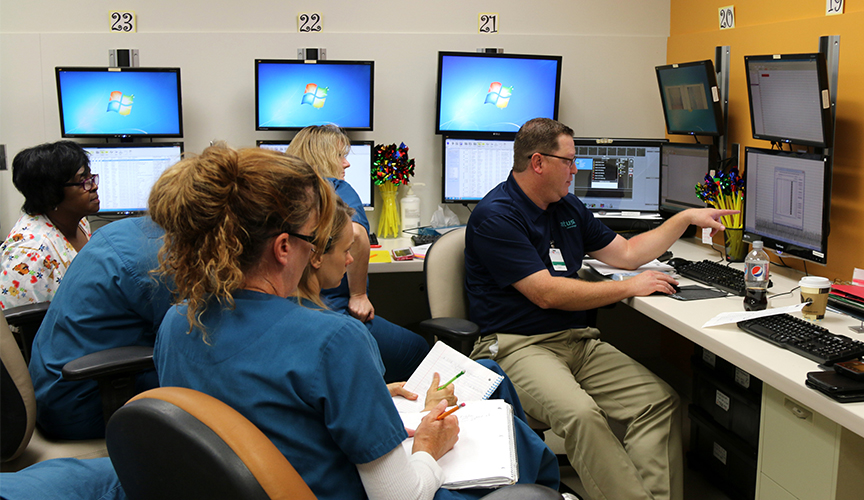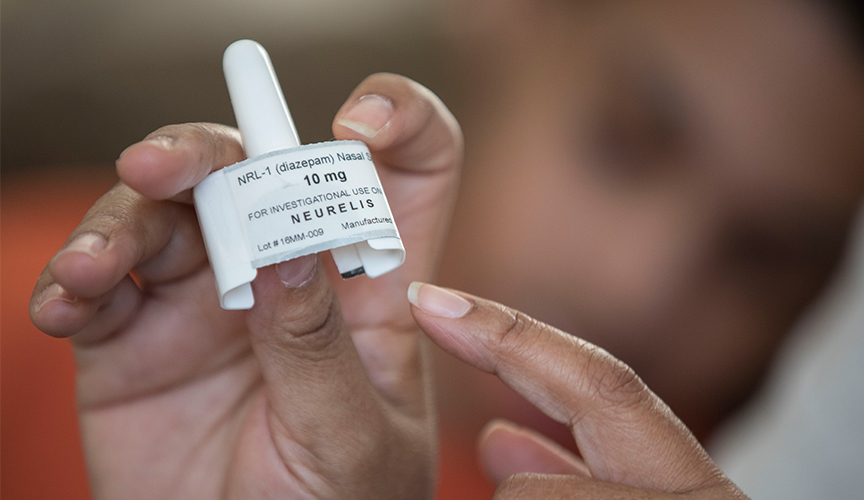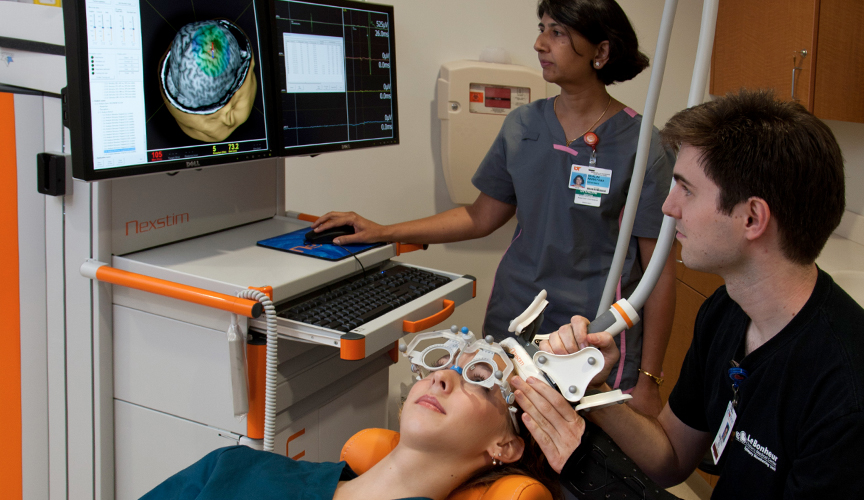Alternative Path
Finding a new roadmap for epilepsy treatment
When epilepsy medications could no longer control Payton Stanley’s seizures, his parents, Stephanie and Robert, were desperate to find alternative treatment options.
Every time James Sain would have a seizure, his mom, Michelle, had difficulty administering his emergency medication.
Multiple surgeries and medications did little to slow down Hannah Lawrence’s uncontrolled seizures.
As their parents thought they had exhausted nearly all treatment options, these families – and countless others – turned to Le Bonheur Children’s Hospital where physicians and researchers in the Neuroscience Institute offered new and effective methods to treat pediatric epilepsy.

Epilepsy Program Director and Chief Neurologist James Wheless, MD, knows there is no “one size fits all” for managing seizures caused by epilepsy. Discovering the newest therapies and medications is vital to provide the best outcomes possible for children whose ongoing seizures cannot be controlled with medicine, change in diet or surgeries, Wheless said.
“Even though there are more treatment options than ever for kids with epilepsy, we always need to find other options – to come up with new treatments for children when drugs do not help,” he said. “We need to be on the cutting edge of delivering the best care.”
For Wheless and his team of pediatric neurologists, that means using state-ofthe- art brain-mapping technology, enrolling patients into various new medication trials and using the new devices to find the right individualized combination of treatment options for each patient.
Le Bonheur’s two largest drug trials include an emergency nasal spray version of a long-standing seizure drug, Diazepam, and testing of cannabidiol, a compound extract from a cannabis plant. Both trials are offering new options for children with epilepsy.

For others, surgery is an option. Functional MRI (fMRI), magnetoencephalography (MEG), transcranial magnetic stimulation (TMS), single photon emission computed tomography (SPECT) and intraoperative MRI (iMRI), give Le Bonheur neurologists tools to map each brain, which are then used to create an intricate roadmap for making surgical decisions.
“Technologies like functional MRI and transcranial magnetic stimulation allow us to pinpoint the exact areas of the brain causing seizures while also identifying healthy parts of the brain that control other functions such as speech, movement or language,” said Andrew Papanicolaou, PhD,co-director of Le Bonheur’s Neuroscience Institute.
“Creating a detailed map of the brain ensures patients not only receive the best care and treatment, but also allows children to live the best life possible,” he adds.

In addition to drug and surgical options, children with epilepsy also have found success using both vagus nerve stimulation (VNS) and responsive neurostimulation (RNS) devices.
RNS is a relatively new therapy used to treat seizures in adults who have not had their seizures controlled with medication and who are not candidates for surgery. The device is used in a limited basis in children, primarily in those older than 10 years old, with poorly controlled seizures. Le Bonheur is one of the few children’s hospitals in the country to offer RNS therapy.
“Devices are the second most used way to help children with epilepsy,” Wheless said. “These devices play a critical role. Medicines are still the mainstay for our treatment of epilepsy, but for children and adolescents where medicines don’t work, there are other therapies.” Nationally, about 800 people have an RNS system. There are approximately 100,000 people worldwide with a VNS device.
Le Bonheur’s reputation as one of the country’s top epilepsy programs is what attracted the Stanley, Sain and Lawrence families to Memphis.
Stephanie and Robert Stanley dream of a day when Le Bonheur neurologists will find a treatment option that will allow Payton to live a seizure-free life –a day when their son will be able to crawl, sit up, walk and speak.
“We look forward to some normalcy and being able to go out as a family without having to worry about Payton getting sick or having a seizure,” Stephanie said. “We look forward to seeing him continue to develop."
Help us provide the best care for kids.
Le Bonheur Children's Hospital depends on the generosity of friends like you to help us serve 250,000 children each year, regardless of their family’s ability to pay. Every gift helps us improve the lives of children.
Donate Now










